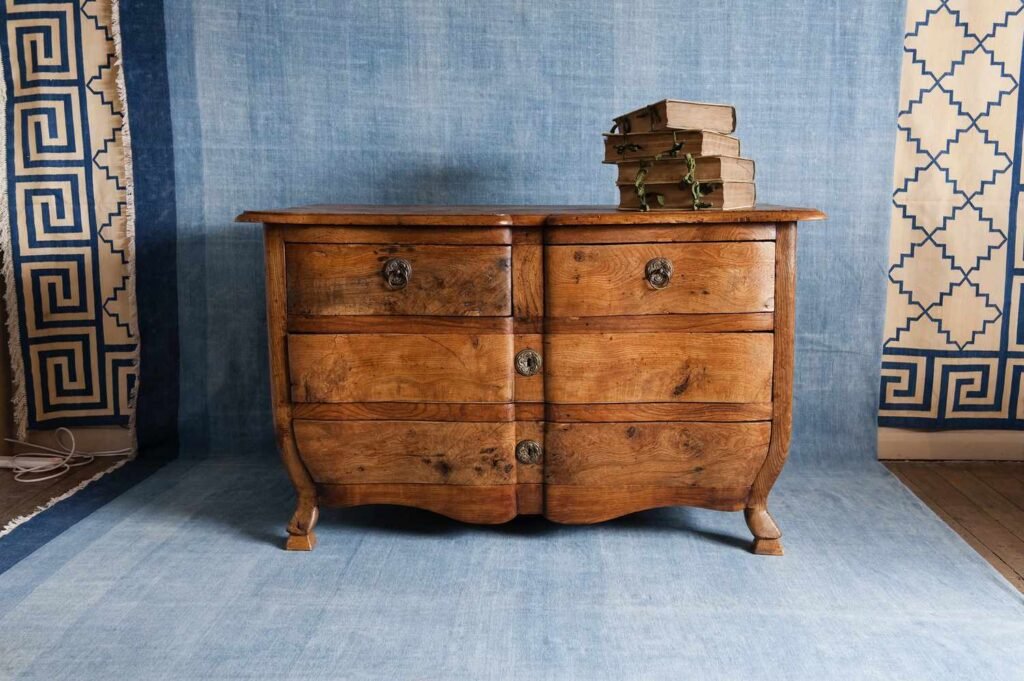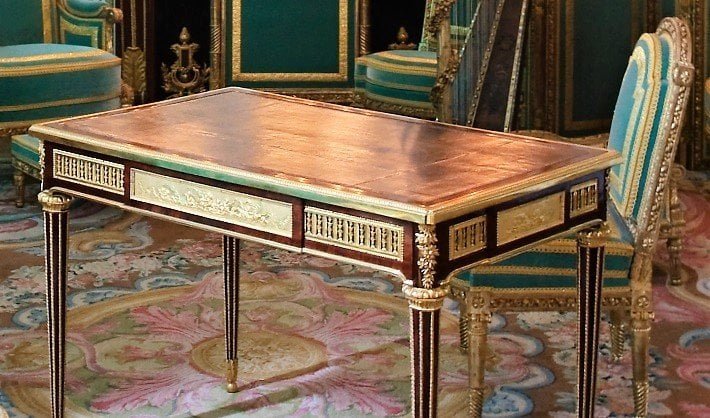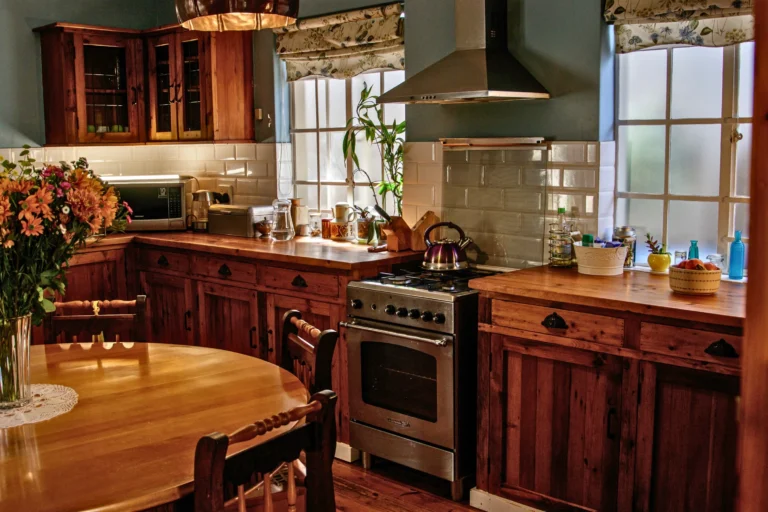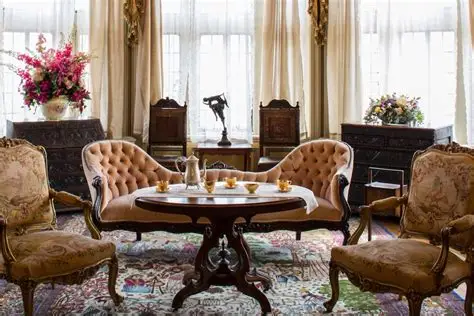
Restoring antique furniture can be a rewarding process—both creatively and financially. Whether you’ve inherited a vintage heirloom or picked up a flea market find, proper restoration helps preserve history, enhance value, and bring lasting charm back to life. However, not all pieces should be refinished, and not all restoration is equal. Before you grab the sandpaper, here’s what you need to know.

Understand the Value Before You Restore
Before doing any work on an antique, assess its historical or monetary value. Some antiques, especially rare or museum-quality pieces, can lose value if improperly restored or refinished.
Ask yourself:
-
Is it a rare piece or maker?
-
Is the patina original?
-
Are repairs likely to enhance or hurt the value?
If you’re unsure, consult an antique appraiser or furniture historian. In some cases, gentle cleaning may be preferable to a full restoration.
Know the Difference: Restoration vs. Refinishing
Many people confuse restoration with refinishing, but they’re not the same.
-
Restoration aims to preserve as much of the original piece as possible while making it functional and aesthetically pleasing. This may include minor repairs, cleaning, or stabilizing joints.
-
Refinishing involves stripping off the old finish, sanding, and applying new stains or varnish. While this can make furniture look new, it often removes original character and can reduce value.
When working with antiques, less is usually more. The goal is to respect the piece’s age and authenticity.
Start with a Thorough Cleaning
Years of grime, wax, or smoke can dull the beauty of antique furniture. Start by gently cleaning the surface to see what you’re working with.
Recommended cleaning methods:
-
Use a soft cloth with warm water and mild dish soap.
-
For tougher build-up, try a solution of vinegar and water or mineral spirits—but test it in an inconspicuous area first.
-
Avoid soaking wood or using harsh chemicals that can damage finishes.
Sometimes, a good clean is all a piece needs to shine again.
Repair with Care
If parts of the furniture are broken or loose, take a conservative approach. Avoid using modern nails or screws unless absolutely necessary, as they can damage the piece and detract from authenticity.
Use these techniques:
-
Wood glue for loose joints (clamp them gently as they dry).
-
Replace missing veneer only if it impacts structure or appearance.
-
Match wood types and grains when replacing broken parts.
If you’re new to woodworking, you might want to leave complex repairs to a professional restorer.
Preserve the Patina
One of the most valuable features of antique furniture is its patina—the natural aging of wood and finish over time. This can include minor scratches, wear, and darkened tones.
Avoid over-sanding or using harsh strippers that erase this historic charm. Instead, embrace the imperfections. A well-aged surface tells a story and adds to the piece’s authenticity and value.
Refinish Only When Necessary
If the original finish is flaking, sticky, or severely damaged, refinishing may be necessary. When refinishing:
-
Use gentle strippers made for antique wood.
-
Sand minimally, only enough to prepare the surface.
-
Choose finishes that reflect the original period—such as shellac or hand-rubbed oil for 18th and 19th-century pieces.
Avoid modern polyurethane unless you’re restoring a mid-century piece that originally used it.
Tools and Supplies You’ll Need
A basic restoration kit might include:
-
Soft cloths and brushes
-
Mild cleaning agents
-
Wood glue and clamps
-
Fine-grade sandpaper (if refinishing)
-
Touch-up stain or wood filler
-
Furniture wax or oil
Always work in a well-ventilated space and wear protective gear when using solvents or strippers.
Conclusion
Restoring antique furniture requires patience, respect, and an eye for detail. Whether you’re repairing a family heirloom or reviving a market treasure, the right approach can preserve its history and beauty for generations to come. Always start slow, research your piece, and when in doubt—consult a professional. Done correctly, restoration isn’t just a repair job—it’s a preservation of art, culture, and memory.







